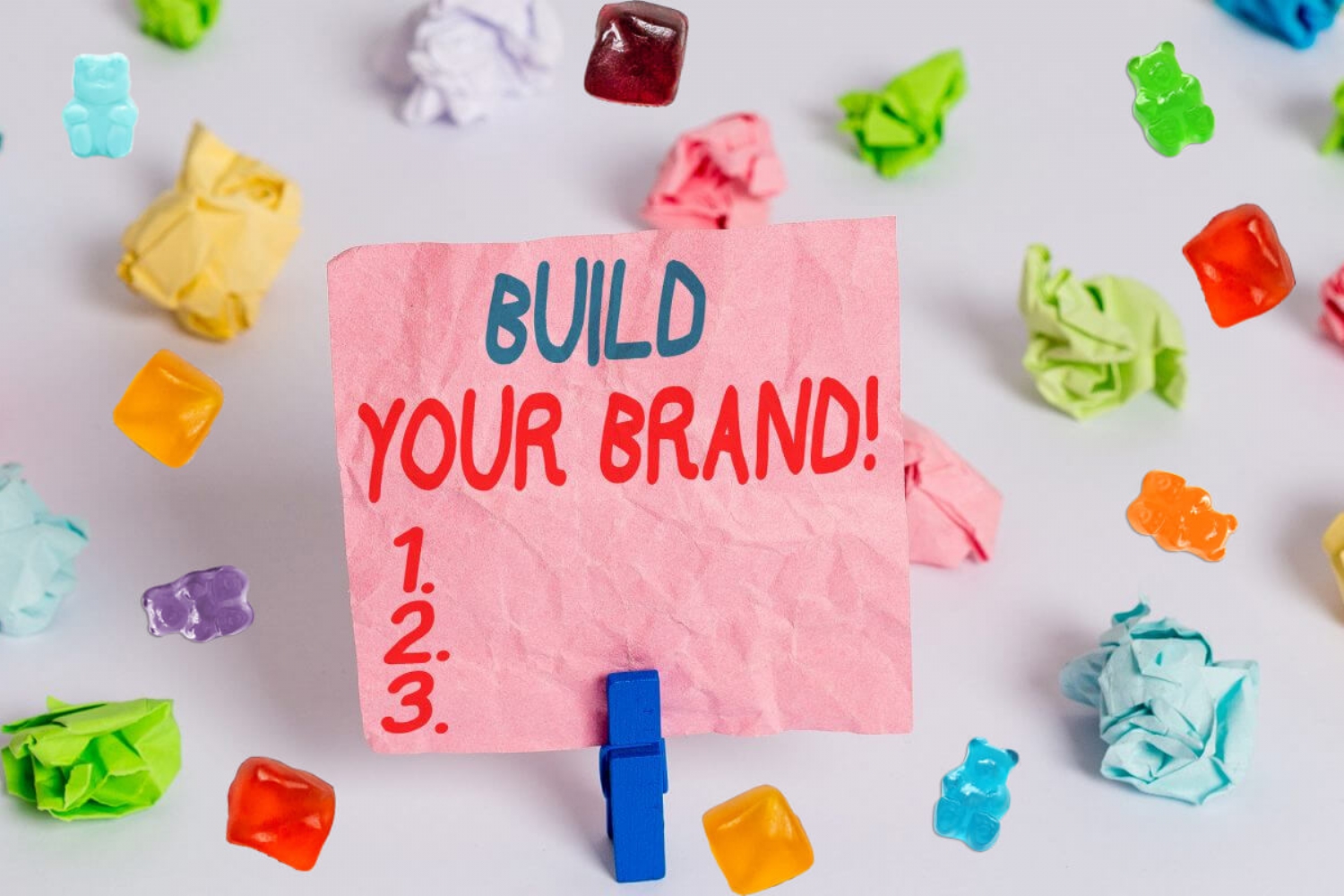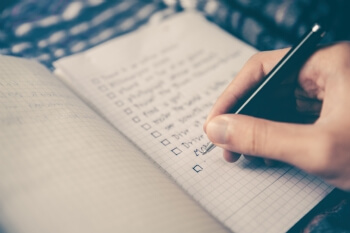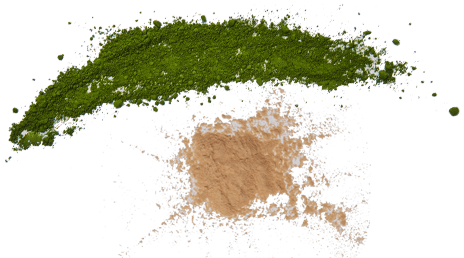How to Build Your Own Brand
What is a private label product?
A private label product is simply a product carrying a retail company's brand name but is manufactured by a third-party. As the retailer, you specify everything about the product - what goes in it, how it's packaged, what the label looks like. This is in contrast to buying products from other companies with their brand names on them.
Private label products are then delivered to the retailer to sell. As far as consumers are concerned, they're the company's own brand products.
Instead of investing in a manufacturing facility, the retailer is using a third-party facility to produce its own branded product.
This strategy is different to selling a white label generic product or selling products from a third party under the manufacturer's name (or another retailer's brand).
Step-By-Step Guide to Creating Private Label Products
1. Choose The Right Manufacturer
Finding the right trusted manufacturer is a critical decision for creating your own private label and isn't always easy to find.
Choosing the wrong partner may lead you to issues with supply lead time and loss of money.
Moreover, a trusted partner will Protect your intellectual property and Company's data.
Entering into a manufacturing agreement is a commitment that can have a major effect on your private labeled product. By knowing what to look for in a potential partner, you can ensure your needs are fairly met.
Here are a few tips to keep in mind as you research manufacturers
- What are the minimum order (MOQ) requirements?. The size of your order has an impact on your budget.
- What are the payment terms? - If the manufacturer is asking to pay by an untrusted payment provider, doesn't hold an account under his company's name or asking for a high deposit amount, it might be a red flag.
- What are the shipping and delivery times? Customers expect to get their products quickly. You don't want to make a payment and then realized that your product will be ready in 3 months later.
- Is it possible to receive samples? Purchasing samples to check if the quality meets your requirements. Spending few more bucks on samples may save you from embarrassment.
2. Create the Products
You were lucky to find a trusted partner, it's time to start creating your product.
The exact steps you will take here will depend upon your niche. Understand your private label needs such as packaging, colors, size, formulation, etc.
Work with your supplier, share your thoughts and use his experience to assist you to choose the right choice.
Look at your competition. What they are offering? Where you can improve or innovate? The area where they are failing is a great place for you to position your product.
3. Branding and Design
Branding and design is an importat part of the private label process. The product packaging & design plays a very important role in branding your private label. A good branding will enable you to differentiate your private label from your competitors.
Choose a design that is suitable for your branding, you don't want your private label to be different than your overall brand design.
Make sure to highlight all the product advantages & information on the label. It should be informative and simple so that customers able to understand all the features about the product and how can they take benefit from it.
4. Place your order
Once you are ready to go, place the order with your trusted manufacturer. Production time may vary, and you should be aware of when the product will be ready for delivery and when it arrives at your location. While your production is in progress, you will have time to build your online store or Amazon Listing, prepare advertising materials, create your social media accounts, and more.
5. Ship your products
You took advantage of the time waiting for production, your branding is done and the manufacturer has finished producing your brand new private label :)
Congratulations!
There are 2 options available
- Search a local shipping agent in your country to pick up the goods from your manufacturer.
- Ask your supplier to arrange the shipping for you
There are 3 shipping methods you can use
- Air Freight
Shipping is fast. Usually between 4 to 10 days.
Air freight processes are more complex and less automated than express freight, but also cheaper. - Ocean Freight
Ocean freight is generally cheaper than air freight. But it's also slower. - Express Delivery
Shipping is fast and and deliver Door-to-Door (includes Customs Clearance). More expensive than Air Freight.





